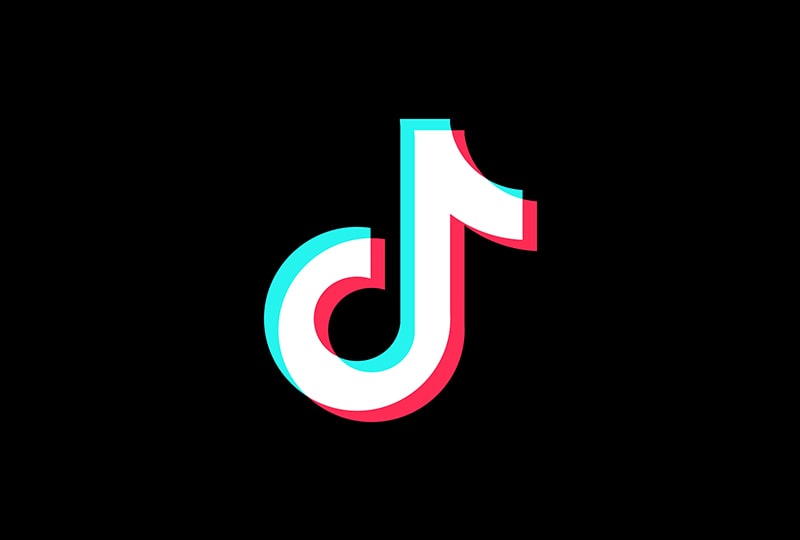New TikTok indie licensing deals focus on views rather than creations
Key difference in TikTok’s direct licensing deals with independents has been revealed.
The much talked about expiration of the licensing deal between TikTok and collective licensing group, Merlin has now lapsed. Since the 31st of October, independent labels and distributors that were represented by Merlin have begun to sign direct deals with TikTok, and more details of the terms have started to leak.
Since TikTok and Merlin revealed that their licensing agreement would be coming to an abrupt end, there has been much speculation over what happens next. Many have been concerned that independent distributors and labels would be backed into a corner, forced to accept less than favourable direct deal with TikTok or be booted off the platform. Merlin suggested that TikTok was trying to fragment the independent industry and cut costs, although TikTok insisted the decision was based on quality control and Merlin’s failings to detect fraudulent content.
There was some hope that negotiations could be opened up between Merlin and TikTok, if Merlin’s members were collectively steadfast in not signing with TikTok directly. Unfortunately, this dream was quickly quashed, after the realisation that TikTok seemingly wouldn’t care either way – a notion that is reinforced by the lack of concern by the social media giant after even Universal didn’t sign with them. This led distributors feeling powerless, with sources Billboard spoke to saying, “We have no choice because our artists want to be on TikTok—perhaps too much—but for them, this is very important.”
Now, days after the Merlin/TikTok end date, details of direct deals have begun to emerge. According to inside sources that have spoken to Billboard, the terms under these new licensing deals aren’t much better or worse than before. The key difference is how remuneration for artists will be calculated.
“TikTok is now paying out music licensors based on views that videos featuring a song receives, rather than ‘creates’ (how many videos are created with a given song in the background)”. TikTok now calculates a market share based on views, with the payment to the licensor divided up from there. However, this does not mean there is a set value per view across the board.
One exec told Billboard that despite this change, it won’t affect how they are paid much, quoting an approximate 4% difference in payment, give or take. It has also been noted that TikTok is “one of the smallest revenue earners” for music companies, and the real benefit of having music on TikTok is that of promotion. This isn’t exactly news, as independent artists trend more towards social media and UGC platforms for promotion and interaction, there is still a reliance on DSPs and digital streaming. This looks set to remain the case until (unless) UGC platforms work out an effective pay out model for musicians.
The new direct deals include another new provision – a “know your customer (KYC)” clause. This requires artists to verify their identities before they can upload music to the platform. Presumably, this clause has been included to sift out any fraudulent behaviour, as well as detect bad actors using AI and bots to cheat the streaming system. What this clause also does, is shifts the responsibility of such quality control onto the label/distributor, rather than it lying at TikTok’s feet.
